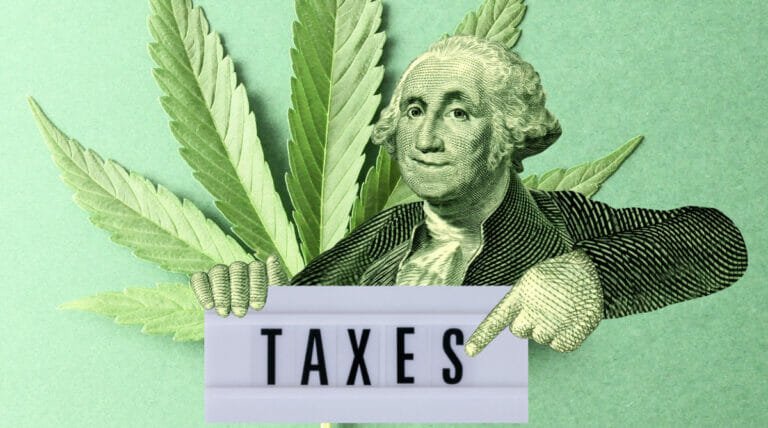The United States Census Bureau published its latest second-quarter data for cannabis tax revenue for states with a legal market. The East Coast markets saw the most increases, while the West Coast markets saw declines.
Michigan reported a drop of 3.7% while still contributing $74 million in tax revenue.
East Coast growth
New York led its peers for the biggest increase in cannabis tax revenues which increased 40% from the first quarter. The report stated that New York received $28 million in tax revenue for the second quarter. New York’s program launch has been bedeviled with problems, but a crackdown on unlicensed operators and increased store openings have helped boost tax collections.
The mature market of Massachusetts experienced an increase of 21% over the first quarter to bring the state $50 million in tax revenues. It was followed by Connecticut, which reported an increase of 10.9% with $4.7 million going to the state. Maine increased its tax revenue by 8% while Vermont reported an increase 0.04%.
The only state on the East Coast with a disappointing result was Washington D.C., whose tax revenue fell by 23% to just $391,000.
Midwest malaise
Missouri has been topping the scales with sales but has also seen its program affected by recalls. The Census Bureau reported sales tax collection dropped the most by 10% from the previous quarter while delivering $18 million in tax revenues.
Other midwestern states did experience slight increases. Illinois only increased by 3% to deliver $71 million in taxes, while Minnesota chalked up a 1.8% increase for $3.5 million in taxes collected.
West Coast crumble
While Washington and Nevada didn’t deliver their numbers, California reported its collections fell by 1.1%. However, it continues to be the biggest tax contributor in the country with over $155 million in tax revenue. Montana fell by almost 3% to $12 million in taxes collected, while Arizona dropped by 0.68% to $45 million in taxes delivered. Oregon dipped slightly in the second quarter by 0.47% to contribute $38 million in taxes.
The U.S. releases what it calls experimental data and an updated data visualization featuring quarterly tax collections at the state level for cannabis sales. The data visualization provides cannabis revenue as a percentage of the state’s total tax revenue where available and a percent change from the prior quarter.
Published by Green Market Report







